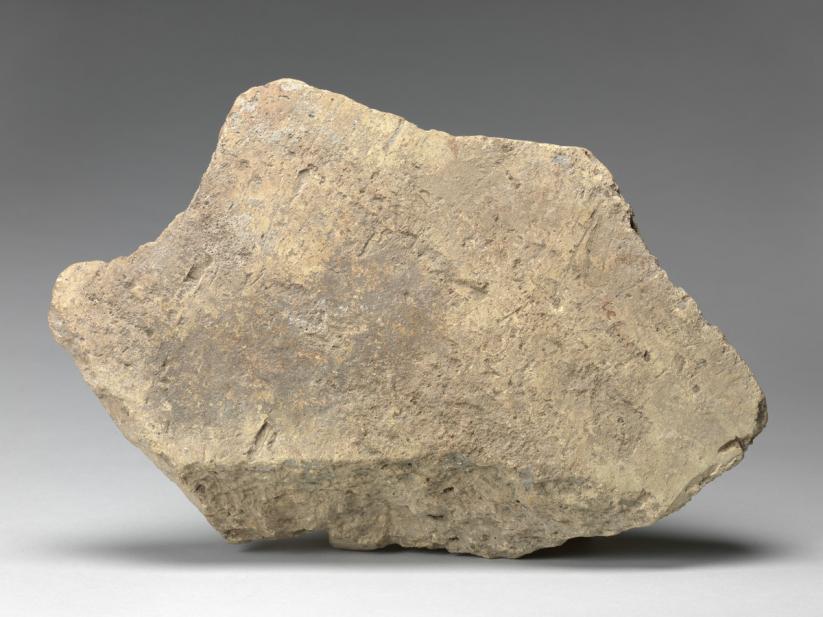Fragment of Campana relief of Perseus and Athena with Medusa's head
Relief panels like this were common in the Roman world. Found in affluent houses and public spaces they were an economical alternative to carved stone because they were easily produced in molds. Originally painted in bright pigments, all that remains today of this relief sculpture is the color of the earthenware. Close looking reveals a woman’s arm and torso, and what looks like the rim of a shield. This imagery was not uncommon in ancient Rome but when placed in its original context, this fragment tells a much larger story. Reliefs of this kind were manufactured in molds and often many identical examples were produced. A more complete section of the same relief can be seen in the Temple of Palatine Apollo in Rome and depicts the Greek hero Perseus presenting Athena the head of Medusa.

 Give
Give




